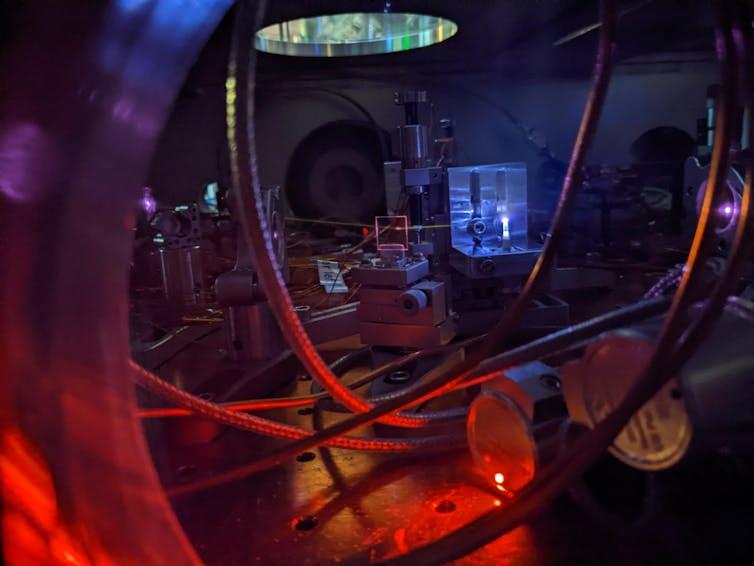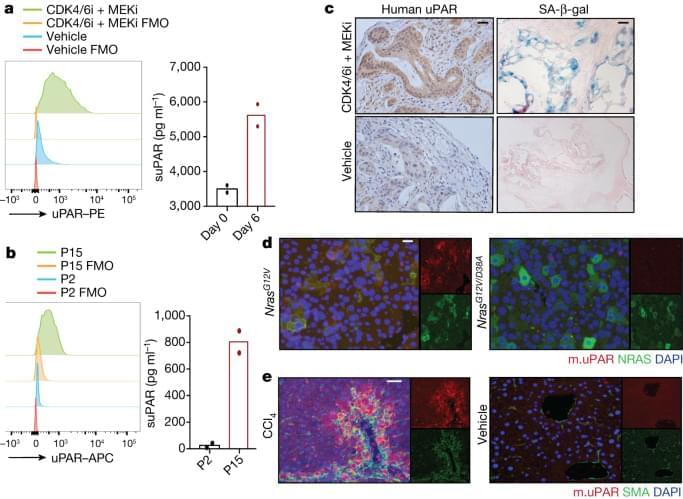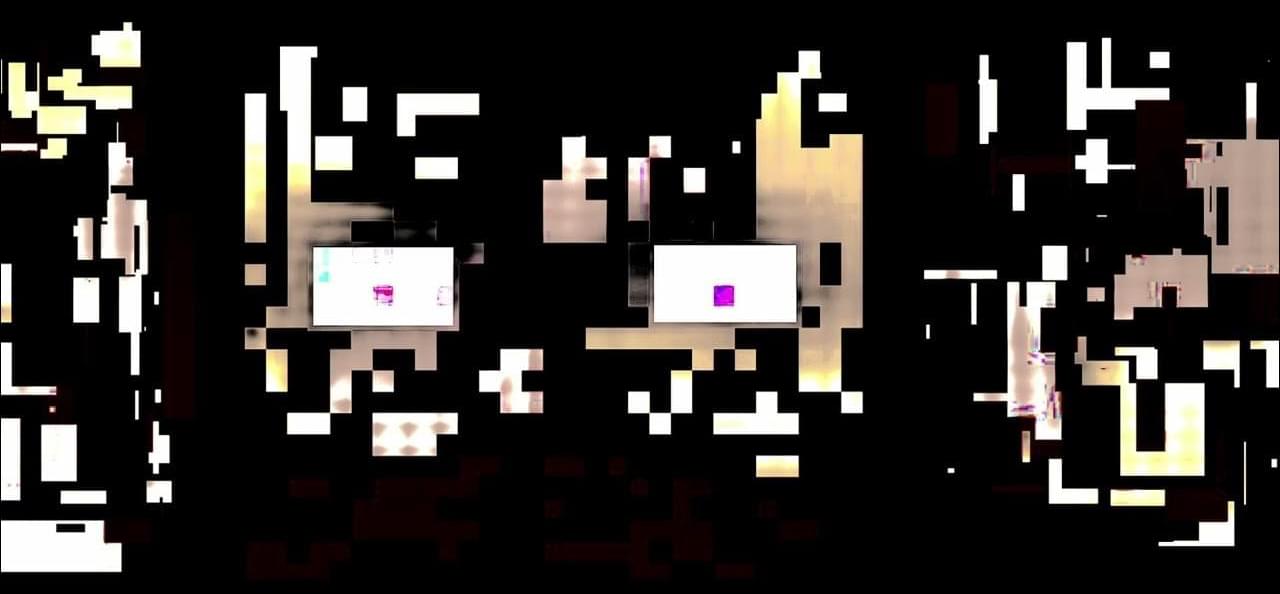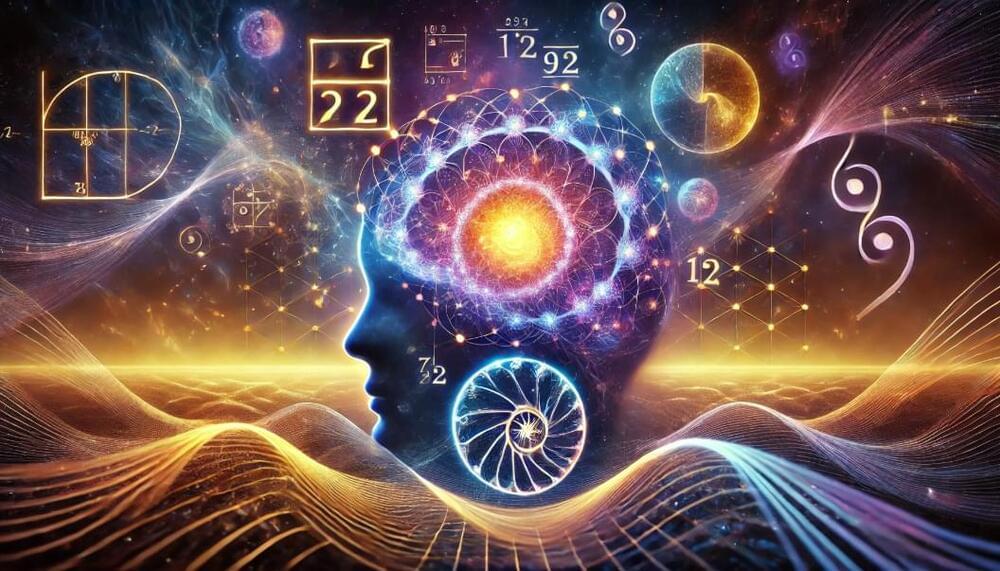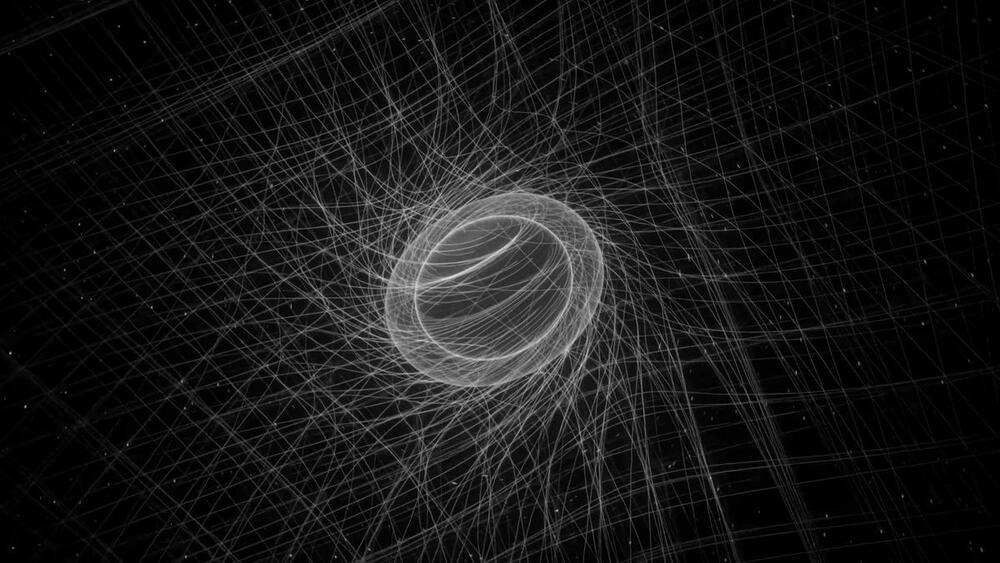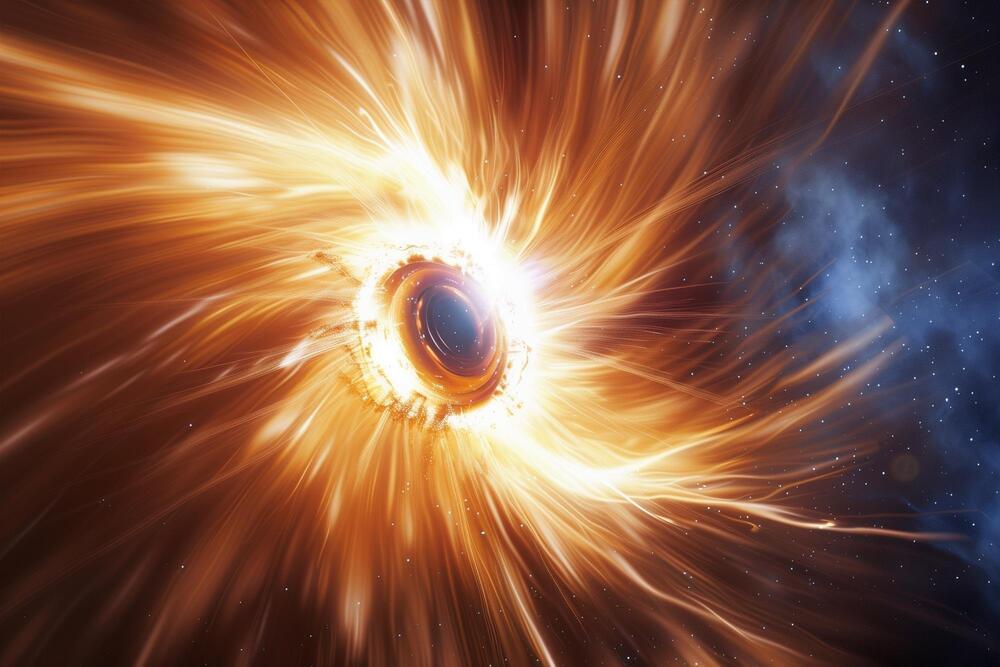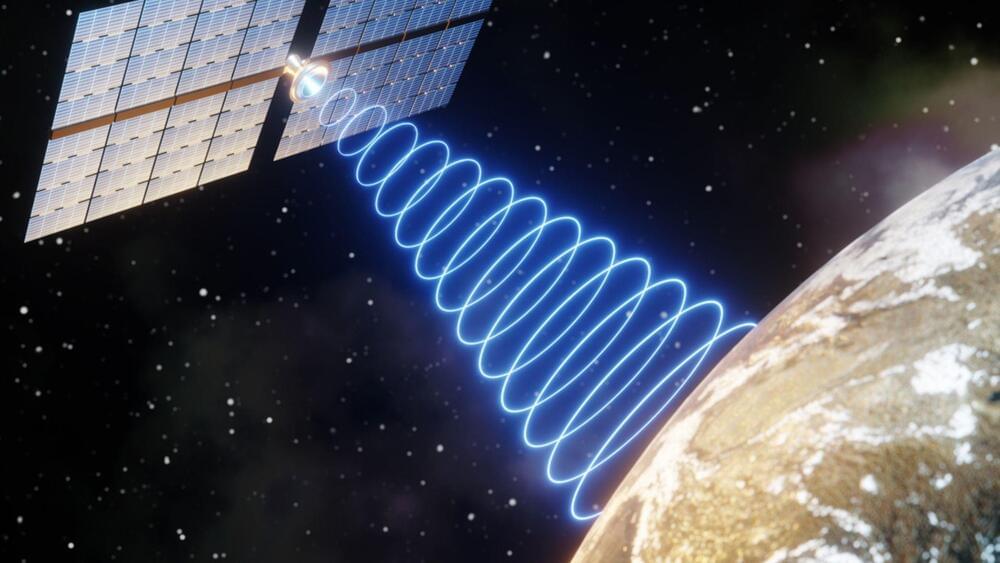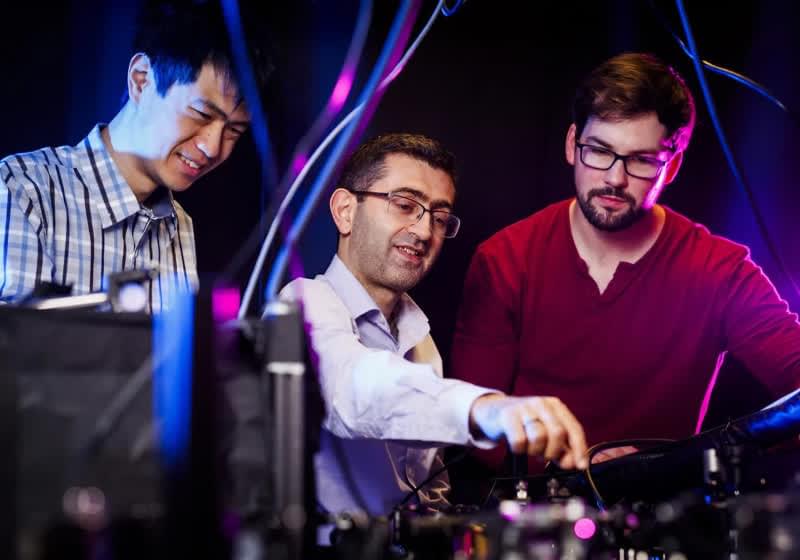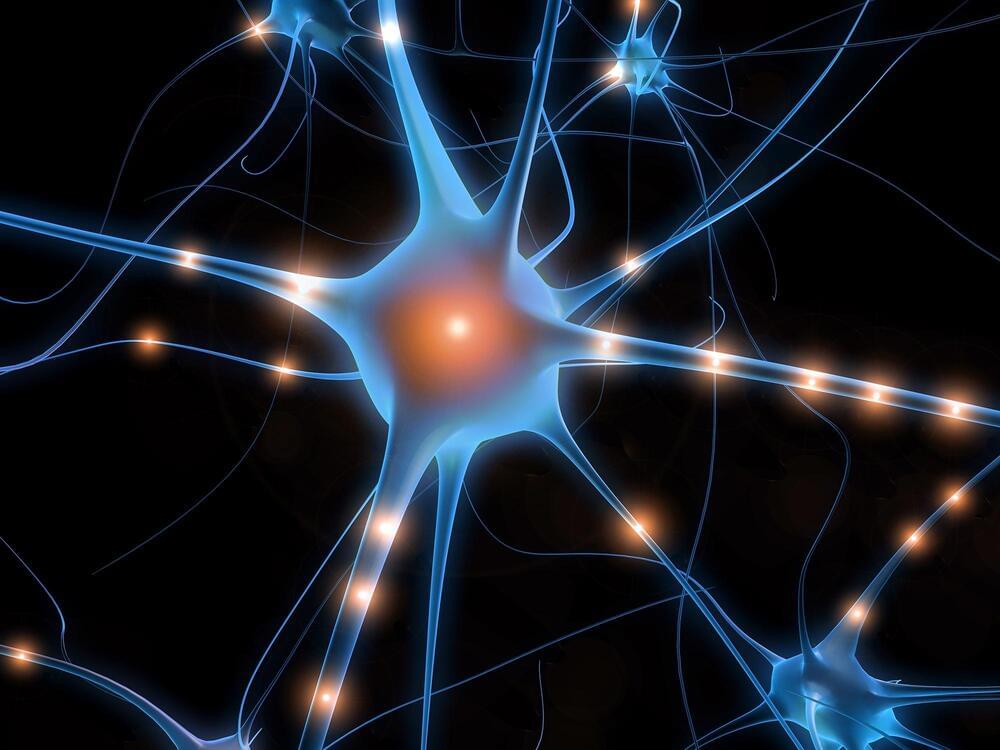Time is vital to the functioning of our everyday lives: from the watches on our wrists to the GPS systems in our phones. Communication systems, power grids, and financial transactions all rely on precision timing. Seconds are the vital units of measurement in timekeeping.
Surprisingly, there is still debate over the definition of the second. But recent advances in the world’s most accurate forms of timekeeping may have just changed the game.
Accurate timekeeping has always been part of humankind’s social evolution. At the Neolithic monument of Newgrange in Ireland, a special opening above an entrance allows sunlight to illuminate the passage and chamber on the shortest days of the year, around December 21st, the winter solstice.
